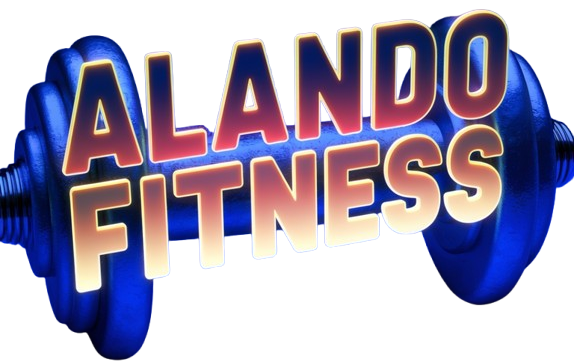Mastering Dips: The Ultimate Guide to Doing It Right
Dips are a great upper body workout that works triceps, shoulders and chest. Yet, when done properly they can strengthen some of these muscles and even help define them. Unfortunately, a lot of people either don’t do them in their workouts or don’t execute them with proper form. Here in this article, you can learn how to do dips right!
Setting Up
First, you need a dip bar or the edge of any elevated stable surface (parallel bars, bench etc. (you could potentially hold onto 2 sturdy chairs) Place your hands on the edge of a surface with fingers curled over top or around it. The arms are fully extended and the legs can either hang straight down or knees bent, keeping the feet off of the ground.
The Movement
- Down Phase: Inhale as you slowly lower your body. Your elbows should be close to your body and pointed back just a bit. Try to make it down so the upper arms are even with the floor but a tiny bit lower depending on how loose and or, strong you are.
- Exhale and push through palms to lift body out of bottom, completing the pushing phase. Contract your triceps at the top squeezing hard and always hit that lockout position without putting unnecessary tension on joints. Keep form slow and controlled, avoiding any bouncing or jerking movements
Key Tips for Proper Form
- Brace Your Core: This means keeping your core engaged during the entire movement to prevent any sway in your hips.
- Don’t Lean Too Far: A slight lean in your body can help to emphasise the chest, but going too far forwards will put additional stress on the shoulders.
- Breathe: Be sure to breathe; inhale on the way down and exhale when pushing up.
- Intervals: Readjust Reps and Sets to 3 sets of 5-10 (beginner) Slowly increase the amount of sets or reps as you get stronger.
Conclusion
Properly doing dips is crucial not only to ensure the effectiveness of this exercise but also avoid injury. Add dips to your repertoire for a more effective upper body workout. Mastering The Deadlift Is A Demonstration Of Consistency, Good Form And Listening To Your Body. Then of course, do an exercise and see how well you can actually perform them!


